Anybody that’s lived through a spring season in the United States knows that the spring showers come powerfully! But the level of intensity differs greatly between different states! According to data from CurrentResults.com, a weather tracking database, these states are the rainiest in the spring month of March! The data from CurrentResults is correlated to major cities within each state, so there may be some discrepancies outside of the cities’ surroundings. Nonetheless, this list paints a picture of which U.S. states see the rainiest days in the beginning of spring! Everyone knows ‘April showers bring May flowers’, but these March showers are just as important! Before the hot summer months roll around, the precipitation in March is crucial for the environments of these 20 states!
20. Washington, DC
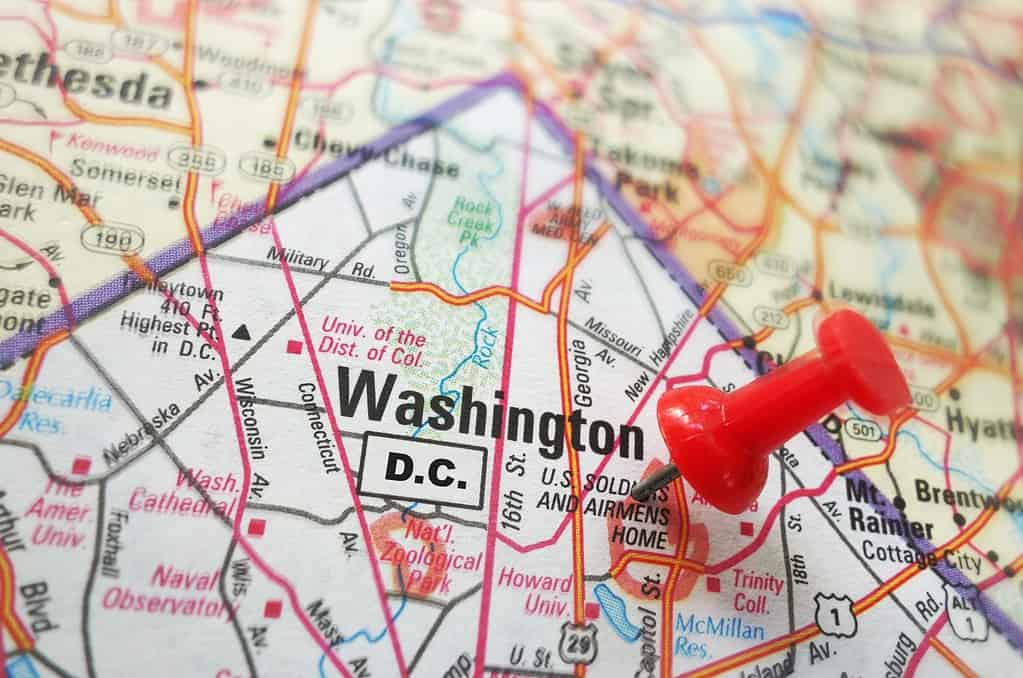
©zimmytws/Shutterstock.com
March in Washington, DC, brings an average rainfall of 3.5 inches (89 millimeters). The city’s weather is influenced by its location along the Potomac River and the Chesapeake Bay. Moist air from these water bodies, combined with temperature variations, creates conditions for precipitation. The city’s urban landscape and human activities contribute to the urban heat island effect, influencing local weather patterns and potentially enhancing rainfall in specific areas. Additionally, the presence of the Appalachian Mountains to the west can impact wind patterns and contribute to variations in precipitation across the region.
19. Texas
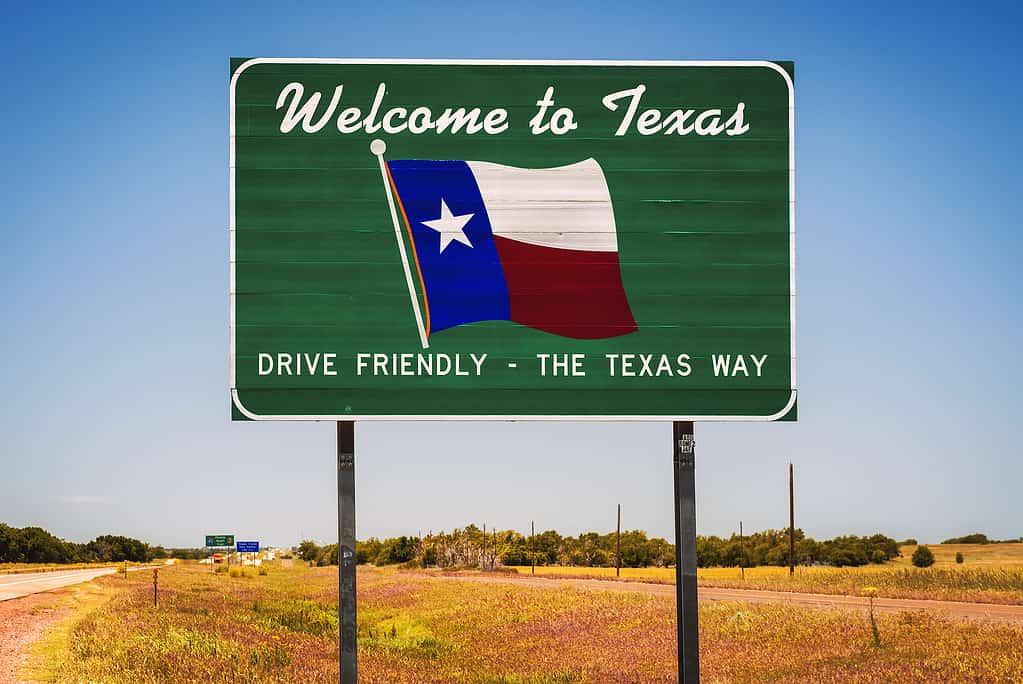
©miroslav_1/iStock via Getty Images
March in Texas yields an average rainfall of 3.5 inches (88 millimeters). The state’s weather is shaped by its vast size and diverse landscapes. Moist air from the Gulf of Mexico interacts with different topographical features, such as the Gulf Coastal Plains and the Rocky Mountains. These interactions create varied weather patterns, influencing the distribution of rainfall across the state.
18. Missouri
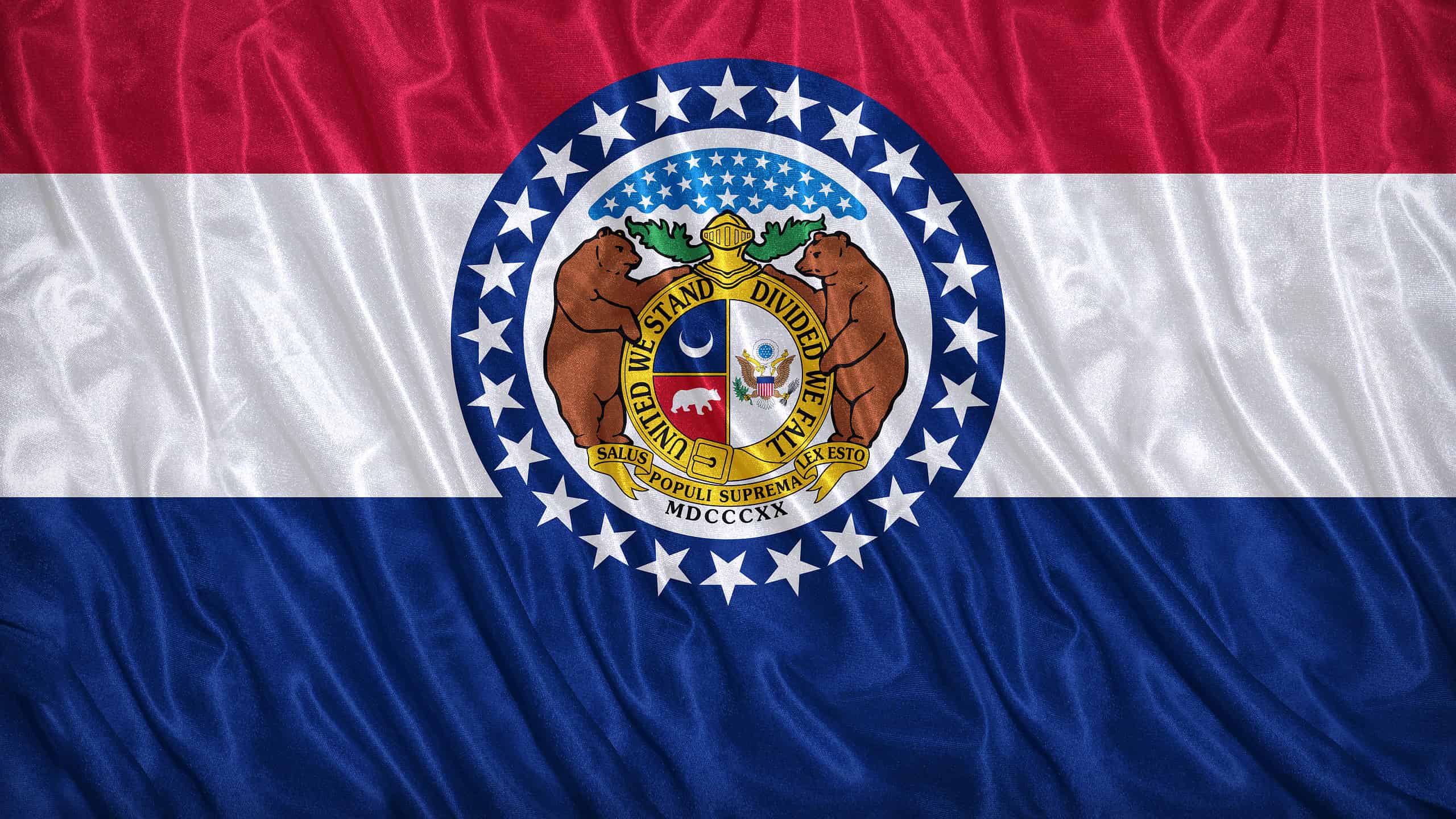
©Wasan Ritthawon/Shutterstock.com
With an average March rainfall of 3.5 inches (89 millimeters),Missouri’s weather is influenced by its central location in the United States. The clash of warm, moist air from the Gulf of Mexico with cooler air masses creates conditions for precipitation. The state’s diverse topography, including the Ozark Mountains, contributes to localized variations in rainfall patterns.
17. Indiana

©Peterfitzgerald / This picture is not protected by copyright. The original creator released it into the public domain and has released all rights. This applies worldwide. - License
March in Indiana brings an average rainfall of 3.7 inches (94 millimeters). The state’s weather is shaped by its location in the Midwest. Interaction between warm, moist air from the Gulf of Mexico and colder air masses leads to atmospheric instability and precipitation. Indiana’s relatively flat terrain influences the distribution of rainfall across the state.
16. Connecticut
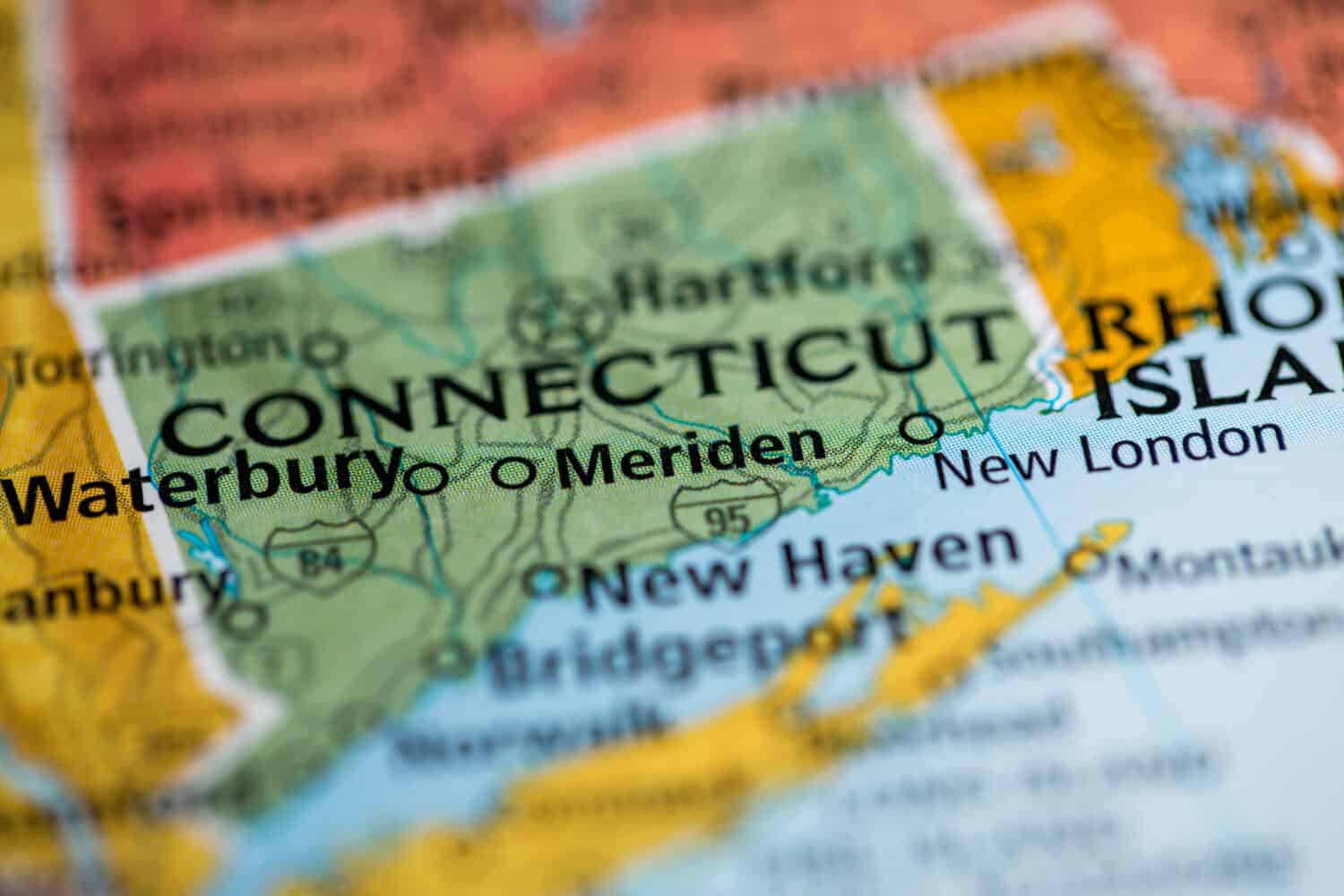
©SevenMaps/Shutterstock.com
With an average March rainfall of 3.8 inches (97 millimeters),Connecticut’s weather is influenced by its coastal location along the Long Island Sound. Moist air from the Atlantic Ocean, combined with temperature fluctuations, creates conditions for precipitation. The state’s varied topography, featuring rolling hills and coastal plains, contributes to localized differences in rainfall patterns.
15. Pennsylvania

©PeterHermesFurian/iStock via Getty Images
March in Pennsylvania yields an average rainfall of 4.0 inches (101 millimeters). The state’s diverse geography, including the Appalachian Mountains, affects weather patterns. Warm, moist air from the Gulf of Mexico clashes with colder air masses, leading to atmospheric instability and precipitation. These geographical features contribute to the variability in rainfall across different regions of Pennsylvania.
14. Virginia
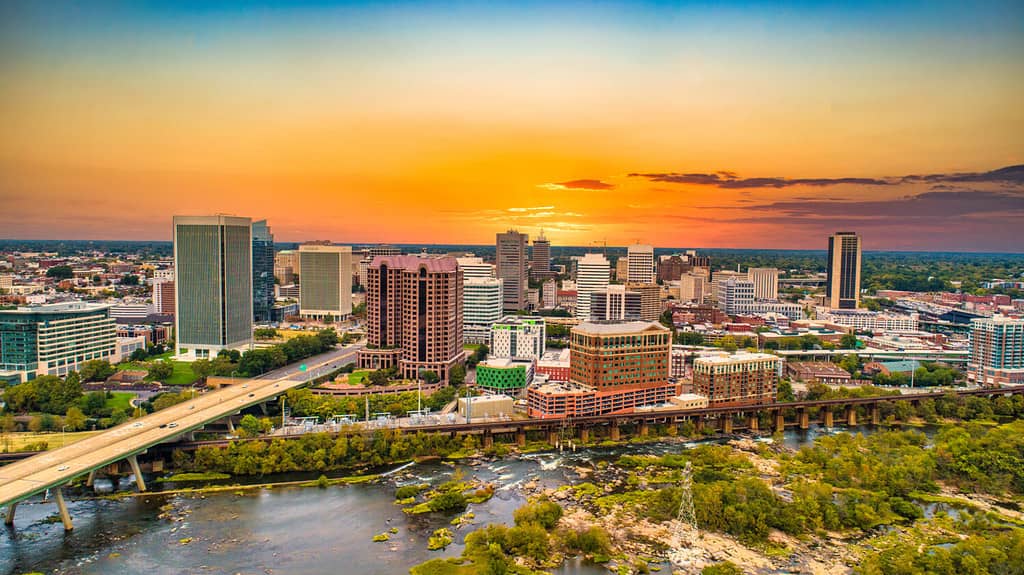
©Kevin Ruck/Shutterstock.com
With an average March rainfall of 4.0 inches (102 millimeters),Virginia’s weather is shaped by its location on the East Coast. Moist air from the Atlantic Ocean interacts with the state’s varied topography, leading to orographic lifting and enhanced precipitation. The Appalachian Mountains further contribute to weather variations, influencing the distribution of rainfall across the state.
13. Maryland
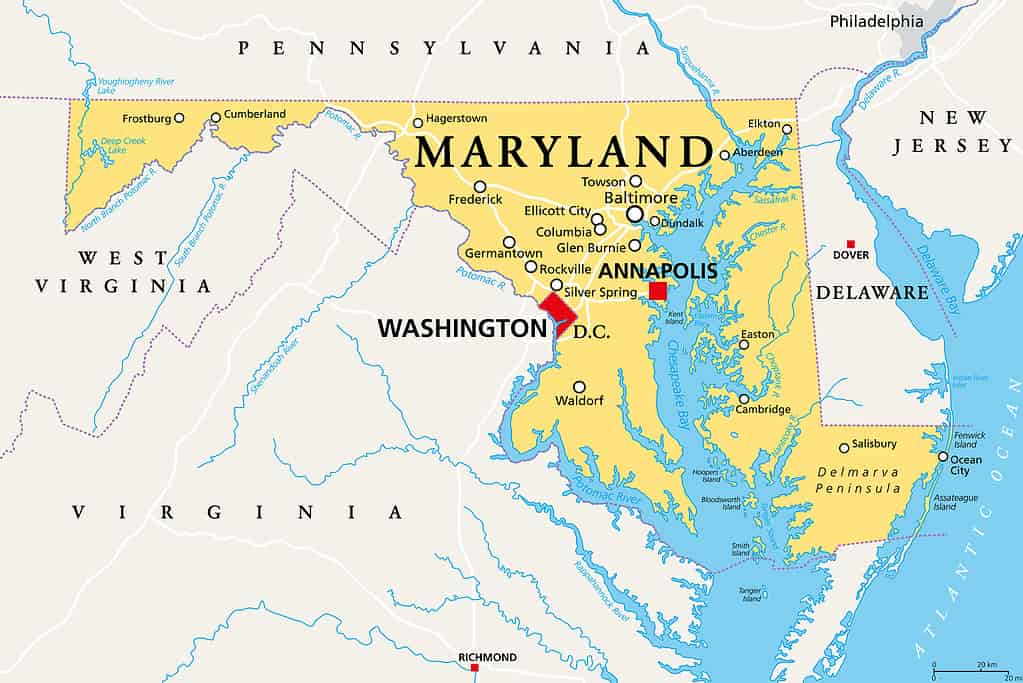
©PeterHermesFurian/iStock via Getty Images
March in Maryland brings an average rainfall of 4.0 inches (102 millimeters). The state’s proximity to the Atlantic Ocean influences its weather patterns. Moist air from the ocean, combined with temperature variations, creates conditions for precipitation. Maryland’s diverse topography, including the Appalachian Mountains, contributes to localized variations in rainfall, impacting different regions of the state.
12. North Carolina

©iStock.com/albertc111
With an average March rainfall of 4.1 inches (104 millimeters),North Carolina’s weather is influenced by its diverse landscapes. The state’s coastal plain and mountainous regions create dynamic weather patterns. Warm, moist air from the Atlantic converges with cooler air masses, resulting in uplift and precipitation. The topographical variations contribute to localized differences in rainfall across the state.
11. Ohio
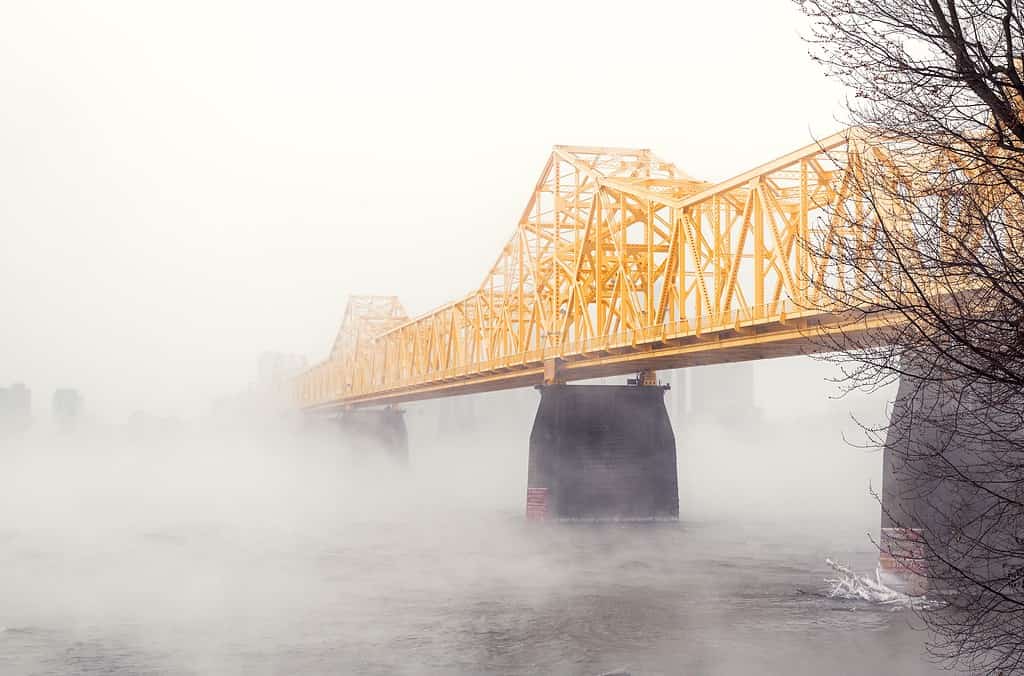
©Wirestock/iStock via Getty Images
Ohio experiences an average March rainfall of 4.2 inches (106 millimeters). Its location in the Midwest exposes the state to varying weather patterns. Warm, moist air masses from the Gulf of Mexico clash with colder air, leading to atmospheric instability and precipitation. The state’s topography, including the Appalachian Plateau, can intensify orographic lifting, influencing rainfall distribution.
10. Massachusetts

©Marcio Silva/iStock via Getty Images
March in Massachusetts brings an average rainfall of 4.2 inches (106 millimeters). The state’s coastal position along the Atlantic Ocean contributes to increased moisture in the air. The interaction of this moist air with cold fronts and varied terrain, including the Berkshire Mountains, fosters conditions for precipitation. These geographical factors collectively influence Massachusetts’ March rainfall.
9. Washington

©Cascade Creatives/Shutterstock.com
With an average March rainfall of 4.2 inches (106 millimeters),Washington’s weather is shaped by its Pacific Northwest location. Moist air from the Pacific Ocean interacts with the state’s mountain ranges, such as the Cascades, causing orographic lifting and enhancing precipitation. The state’s coastal and inland areas experience distinct rainfall patterns, influenced by these geographical features.
8. New York

©Belikova Oksana/Shutterstock.com
March in New York yields an average rainfall of 4.3 inches (109 millimeters). The state’s diverse climate is shaped by its proximity to the Atlantic Ocean and the Great Lakes. Coastal areas and regions near the lakes experience increased moisture, while elevation differences contribute to varying weather patterns. These factors collectively impact precipitation levels across the state during the early spring.
7. Louisiana
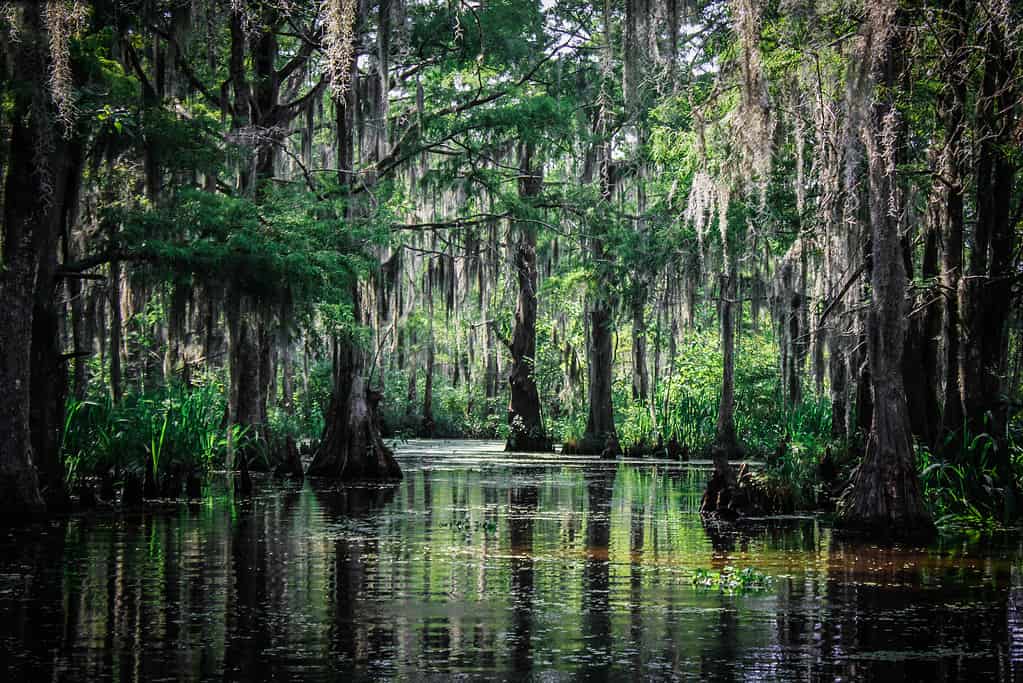
©Ben Nissen/ via Getty Images
In March, Louisiana experiences an average rainfall of 4.4 inches (111 millimeters). Situated along the Gulf of Mexico, the state receives moisture-laden air, creating a conducive environment for rain. Louisiana’s low-lying coastal plain, combined with its proximity to warm ocean currents, enhances the likelihood of precipitation. Human activities, including urbanization, can also influence local weather patterns.
6. Kentucky
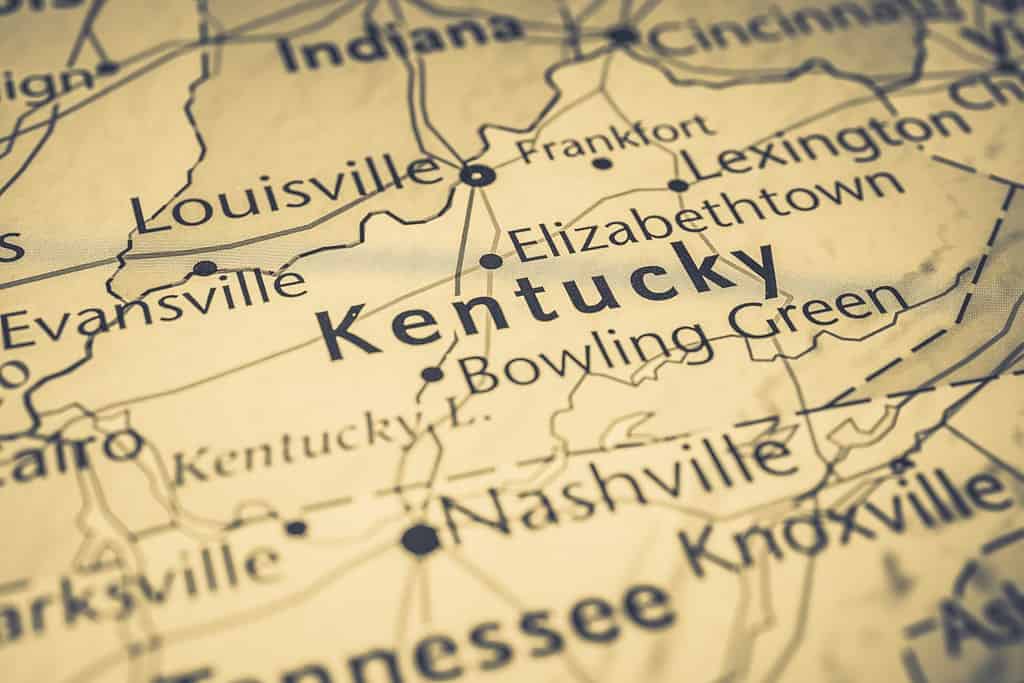
©Alexander Lukatskiy/Shutterstock.com
Kentucky witnesses an average March rainfall of 4.6 inches (117 millimeters). Its location within the Ohio River Valley exposes the state to moisture-laden air masses. The interaction between these air masses and the state’s varied topography, including the Appalachian Plateau, results in increased lifting of air, fostering condensation and precipitation.
5. Georgia
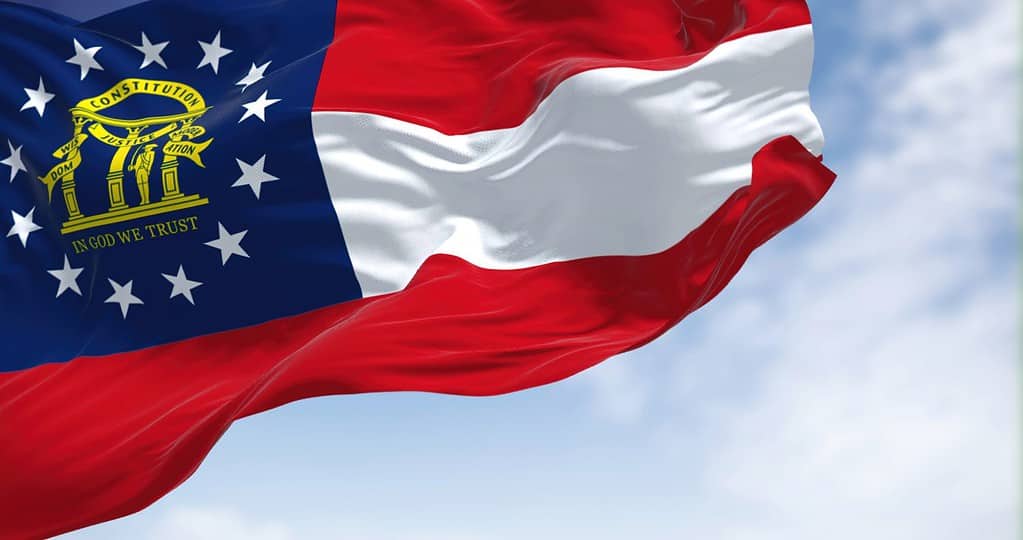
©rarrarorro/Shutterstock.com
With an average March rainfall of 4.7 inches (119 millimeters), Georgia experiences varied weather influenced by its geographic diversity. Warm, moist air from the Gulf of Mexico clashes with cooler air masses, triggering rain. The state’s topography, featuring the Appalachian Mountains and coastal plains, creates microclimates, influencing precipitation patterns and contributing to the overall wet conditions.
4. Oregon
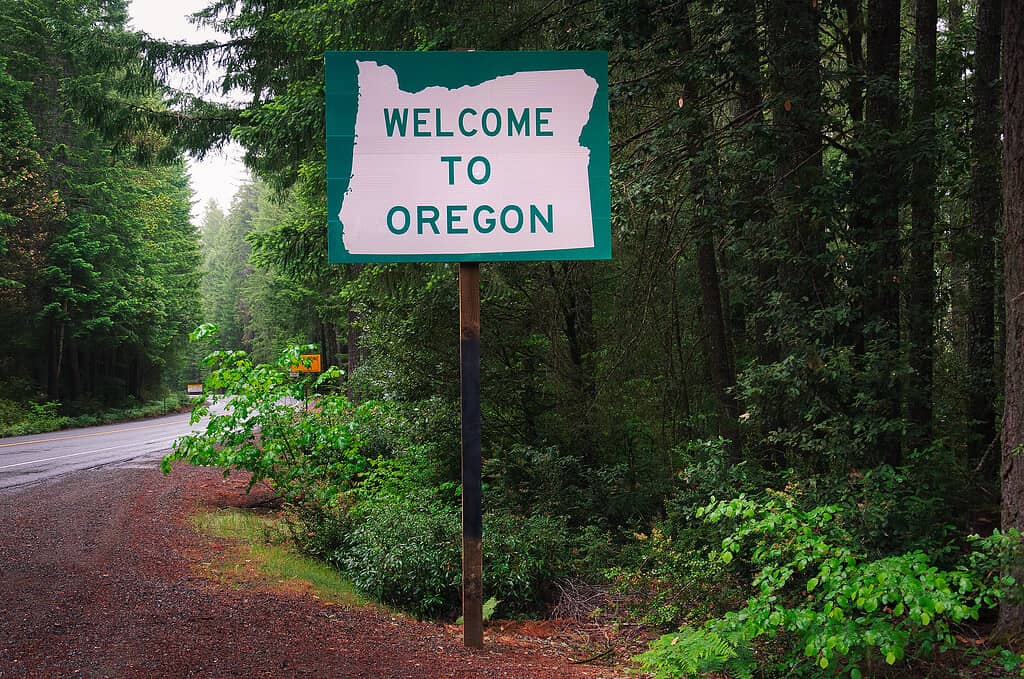
©miroslav_1/iStock via Getty Images
March in Oregon brings an average rainfall of 4.7 inches (118 millimeters). The Pacific Northwest’s climate is influenced by oceanic currents, fostering a wetter environment. The state’s mountainous terrain, such as the Cascade Range, enhances orographic lifting, causing moist air to ascend and release precipitation. These geographical factors contribute to Oregon’s notable March rainfall.
3. Rhode Island

©Thomas Kloc/Shutterstock.com
In March, Rhode Island sees an average of 4.9 inches (124 millimeters) of rainfall. The state’s coastal location and proximity to the Atlantic Ocean expose it to moisture-laden air. This interaction, along with prevailing weather systems, fosters conditions for precipitation. The state’s relatively small size and varied terrain contribute to localized weather variations, impacting rainfall distribution.
2. Tennessee
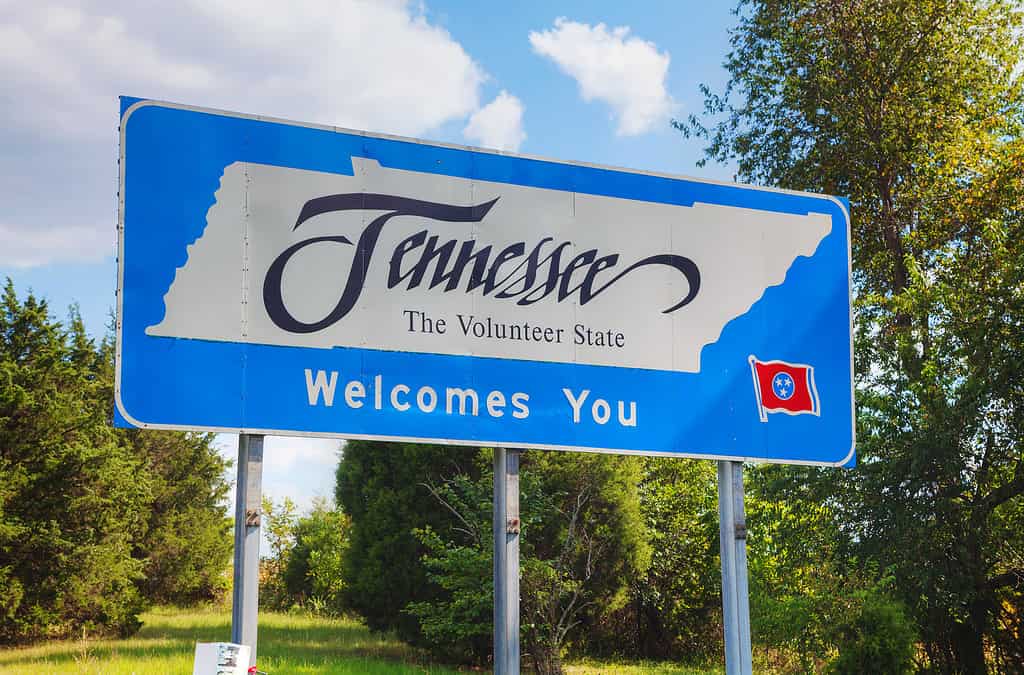
©AndreyKrav/iStock via Getty Images
Similar to Alabama, Tennessee experiences a March rainfall of 5.7 inches (146 millimeters). The convergence of warm, moist air from the Gulf of Mexico and cooler air masses creates a dynamic atmosphere, conducive to rain. The state’s diverse landscapes, from the Great Smoky Mountains to the Mississippi River, contribute to varied weather patterns, influencing the distribution of precipitation across the region.
1. Alabama
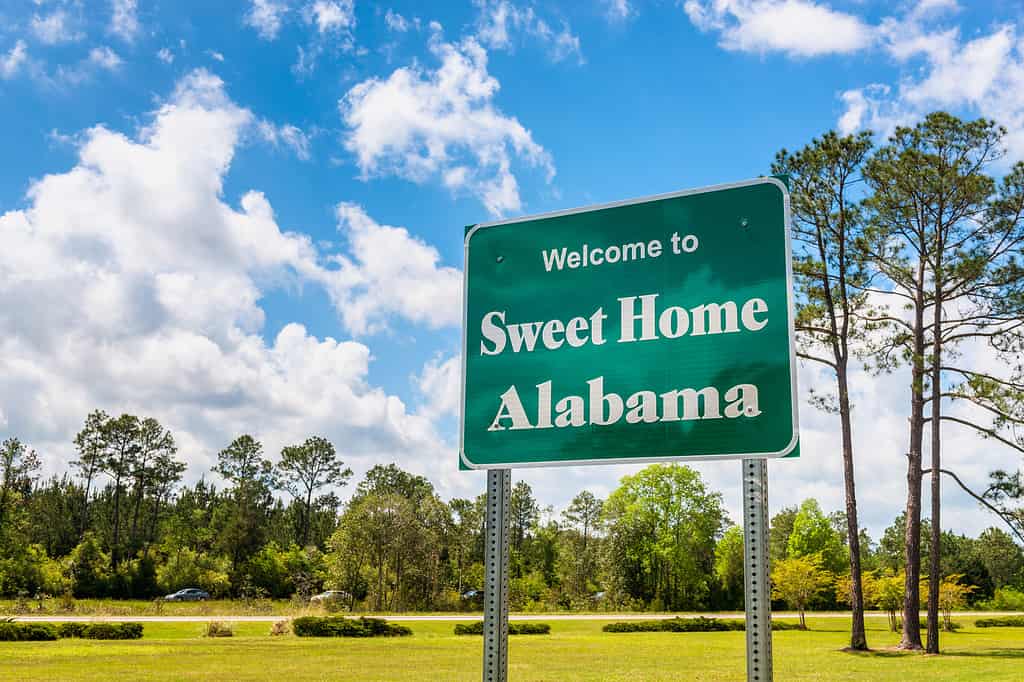
©Allard1/iStock via Getty Images
March in Alabama brings an average rainfall of 5.7 inches (144 millimeters). The Gulf of Mexico plays a pivotal role, supplying warm, moist air. As this air rises, it cools and condenses, forming rain clouds. Combined with the state’s topography, which includes the Appalachian Mountains, this creates ideal conditions for precipitation, enhancing the likelihood of consistent rainfall.
| # | State Name | Rain (Inches) |
|---|---|---|
| 1 | Alabama | 5.7 |
| 2 | Tennessee | 5.7 |
| 3 | Rhode Island | 4.9 |
| 4 | Oregon | 4.7 |
| 5 | Georgia | 4.7 |
| 6 | Kentucky | 4.6 |
| 7 | Louisiana | 4.4 |
| 8 | New York | 4.3 |
| 9 | Washington | 4.2 |
| 10 | Massachusetts | 4.2 |
| 11 | Ohio | 4.2 |
| 12 | North Carolina | 4.1 |
| 13 | Maryland | 4.0 |
| 14 | Virginia | 4.0 |
| 15 | Pennsylvania | 4.0 |
| 16 | North Carolina | 4.0 |
| 17 | Connecticut | 3.8 |
| 18 | Indiana | 3.7 |
| 19 | Missouri | 3.5 |
| 20 | Texas | 3.5 |
The photo featured at the top of this post is © MD Sirazul Islam/iStock via Getty Images
Thank you for reading! Have some feedback for us? Contact the AZ Animals editorial team.







